Hydrangea "Pink Lady": description, planting, care and reproduction
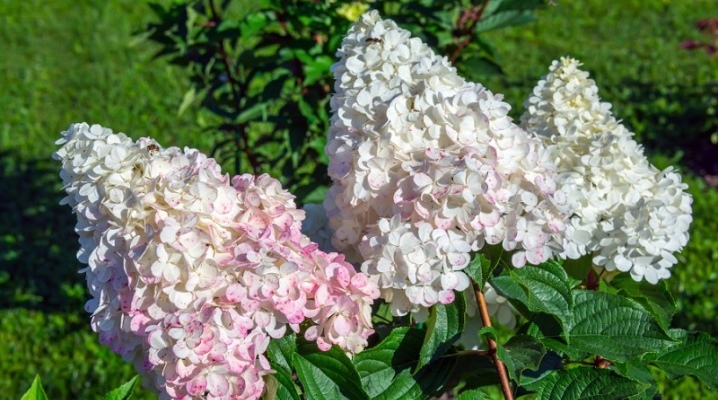
When choosing shrubs for decorating a garden plot, you should definitely pay attention to the Pink Lady hydrangea variety. She is able to bloom throughout the summer season, delighting the inhabitants with beautiful flowers of a pale pink hue.
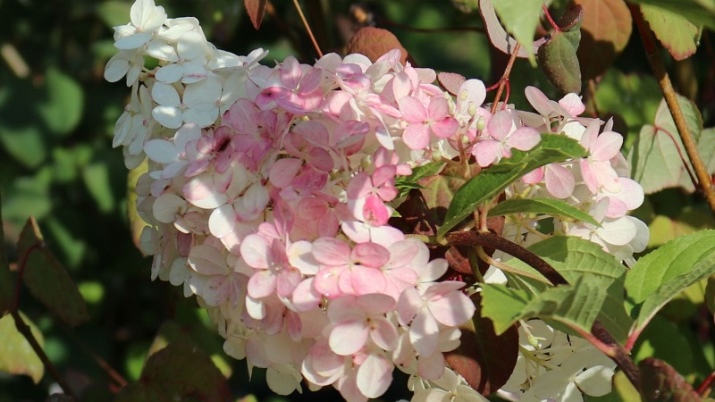
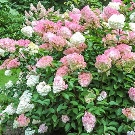
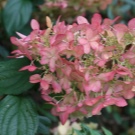
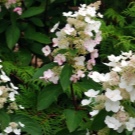
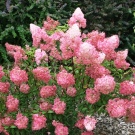

Description
Hydrangea paniculata "Pink Lady" is a tree-like bush with a wide crown, the height of which sometimes reaches from one and a half to 2 meters, and its shape resembles a fan. Its leaf plates are dark green in color, large in size, ovoid in shape and original teeth on the edge. The branches are completely covered with greenery, and inflorescences form on their tops. The beautiful flowers of the Pink lady variety have a conical shape and are located close to each other, which creates the effect of a very lush and voluminous bush. The diameter of one panicle ranges from 15 to 20 centimeters, and sometimes reaches 30 centimeters. The petals that form three-centimeter buds are cream-colored, but as they develop, they acquire a delicate pink color.
Each flower is formed from four rounded petals. Strong shoots are colored brown, eventually transforming into red.
The Pink Lady's root system is quite branching, but not too deep.

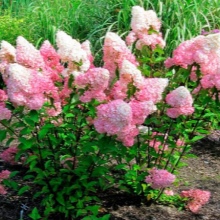
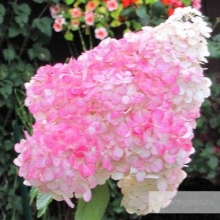
One of the advantages of the Pink Lady variety is its long flowering period. Hydrangea is covered with flowers in the first week of June, but their appearance continues until September, and in some cases almost until the first frost. The plant smells pleasantly sweet, but unobtrusive.
"Pink Lady" grows well on different soils and does not suffer from excess moisture. By providing hydrangeas with high-quality pruning in the spring, you can expect large and attractive flowers to appear in the summer. The winter hardiness of the variety is quite acceptable - the culture can withstand temperatures dropping to -29 degrees, and recovers quite quickly with minor frostbite. The description of the variety contains information that for 10 years the transplant "Pink Lady" will not be required - the culture is able to successfully develop in the same place, subject to all the care procedures. Hydrangea copes with drought much worse, since a lack of moisture negatively affects the quantity and quality of blossoming buds.
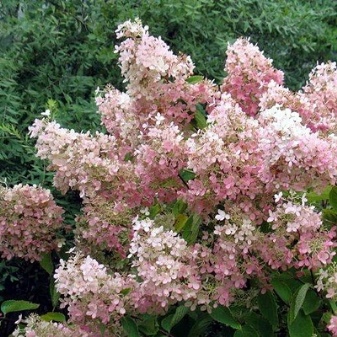

Landing
Before planting the Pink Lady hydrangea in the open field, it is necessary to carry out an obligatory preparatory stage, including the choice of a site and a substrate. The culture is best planted on the south side, but with the obligatory presence of partial shade. If the hydrangea is constantly in the sun, then its flowering will not be as spectacular as it could. It is best to place shrubs near a fence, wall of a house or some kind of decorative element, like a gazebo, capable of creating both protection from drafts and the required partial shade. At the same time, it is important to observe a rather large gap separating the "Pink Lady" from fruit crops that consume a large amount of nutrients from the soil.
This hydrangea can grow on any soil, but it will thrive best on fertile loam. If the soil mixture is too heavy and clayey, then you can balance the composition with humus. Sandy soil will need to be enriched with compost or peat.The plant is quite sensitive to soil acidity, so you should choose either a neutral or slightly acidic substrate. When digging, it is recommended to avoid using ash, lime or dolomite flour.
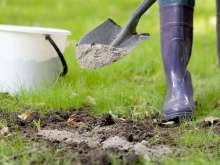
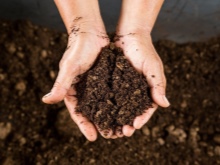
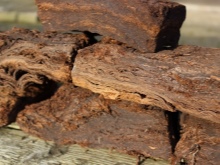
Planting panicle hydrangea is carried out in early spring, even before the juices begin to move. In principle, the operation can be carried out in the fall, but only after waiting for the completion of the leaf fall. It is safer to buy Pink Lady seedlings in a nursery or from a trusted seller. In most cases, they are sold in containers with a closed root system. At the time of purchase, it is important to ensure that there are no spots, wounds, cracks or signs of decay on the seedling.
The hole is dug in such a way that its depth is 40 centimeters, and the diameter reaches at least 30 centimeters. Some experts, however, believe that its area should be at least 50 by 50 centimeters, and maximum - 80 by 80 centimeters. To create an optimal substrate, it is better to combine peat, humus and nutrient soil.
The traditional "recipe" for a soil mixture looks like part of sand, part of peat, two parts of humus and the same amount of leafy soil.
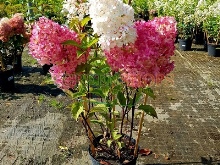
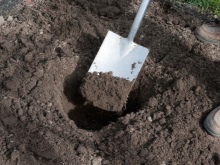
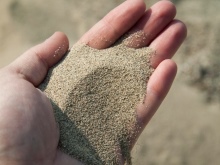
If you need to deoxidize the soil mixture, then it is better to add coniferous litter. The resulting mixture is filled into a hole, after which it is left alone for a week or two. As soon as the soil settles, it will already be possible to proceed to direct planting. In addition, the day before planting, you can put 65 grams of superphosphate, 25 grams of potassium sulfate and 25 grams of urea into the pit, then fill everything with a couple of buckets of water somewhere, and in the morning start planting.
The roots of the selected seedlings are trimmed, after which the remaining length is treated with a growth stimulator used for a couple of hours. Then the hydrangea is transferred to its permanent habitat, and its roots are straightened and covered with earth. Planting ends with abundant irrigation with settled soft water. If the procedure was carried out in the spring, then over the summer the plant perfectly adapts to new conditions. If the planting was in the fall, then for the seedlings it will be necessary to organize a winter shelter. It should be mentioned that hydrangea bushes are planted in such a way as to maintain a gap of 100 centimeters, and not to deepen the root collars. Upon completion, the soil is loosened, and the plantings are well irrigated.
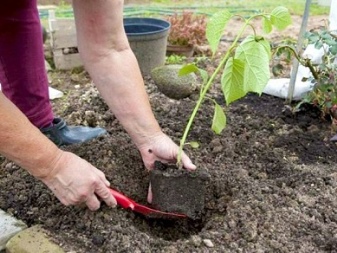
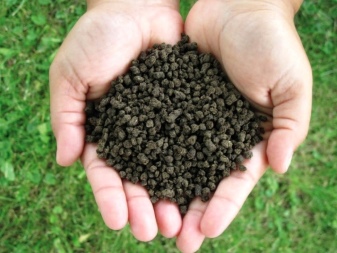
Care
Although the Pink Lady variety is not particularly whimsical, it still requires regular and careful maintenance. It is required to irrigate the shrub once a week, pouring about 20 liters of liquid under each shrub. When the summer is rainy, you can reduce the frequency of watering to once every two weeks. It is best to take rain and soft liquid. Loosening of the land located near the hydrangea is considered an equally important process.
This should be done very carefully, since the roots grow horizontally, and careless movement can injure them. The shovel deepens by no more than 5 centimeters, and the procedure itself is performed only a few times per season. Additional loosening will be required if, after rain or heavy watering, the surface is covered with a crust. In addition, hydrangea is necessarily mulched.
Before the start of the summer season, this procedure is carried out using peat or sawdust, laid out in a layer 5-6 centimeters thick. In winter, the same materials or needles are suitable.

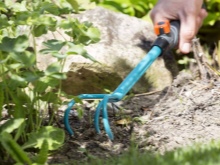

Fertilization is carried out regularly, as the plant responds effectively to feeding. Immediately after planting, it makes sense to use slurry, part of which is diluted in ten parts of water. In addition, 10 grams of potassium nitrate, 10 grams of ammonium nitrate and 20 grams of superphosphate are diluted in a bucket of water. The next fertilization is carried out when the plant actively begins to develop. For hydrangea, it is worth preparing a mixture of 35 grams of potassium sulfate, 20 grams of urea and 30 grams of superphosphate, intended for a square meter of beds.
Further feeding will be required during the period of bud formation. In this case, 60 grams of superphosphate and 45 grams of potassium sulfate affect a square meter of plantings. Repeat feeding should be twice over the summer. In addition, after planting, it is recommended to water the hydrangea with a mixture of potassium permanganate and sour potassium in a very low concentration. Pruning a crop will only need sanitary to remove old or damaged shoots, and this should be done in the spring. In addition, each shoot is shortened so that six to eight buds remain before the juices begin to move.
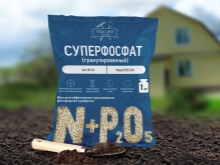
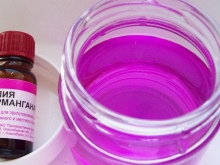
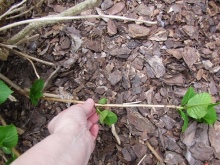
Reproduction
Reproduction of hydrangea "Pink Lady" is carried out in two main ways.
- The first involves the use of layering. The lower shoots are bent to the surface of the ground and fixed with special brackets, or they are sprinkled with earth. Further, the plant is regularly irrigated, then at the end of the summer season a full-fledged root system is already formed. With a developed rhizome, the culture can be transplanted to a permanent habitat.
- The second way to propagate hydrangeas is by cuttings. In the spring, shoots are cut from the bush, which managed to form four buds. The twigs are planted immediately into the ground, with the help of improvised tools, a small greenhouse is created. If you water the hydrangea regularly, then after some time sprouts will form, the shelter can be removed.
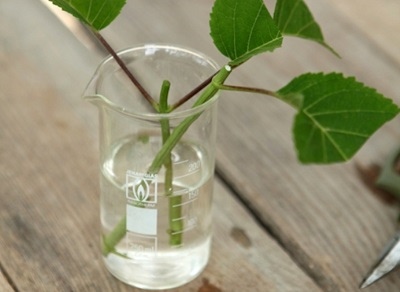
Diseases and pests
Hydrangea "Pink Lady" relatively often suffers from fungal diseases, especially if it is cold and damp outside. In most cases, this turns out to be powdery mildew, the presence of which can be determined by a whitish bloom on leaf plates and shoots. One of the common fungicides, for example, Fundahol, will help to cope with the trouble. The drug is diluted according to the instructions and is used for spraying in the morning or in the evening.
Of the pests, hydrangea is most often attacked by aphids, which are not only a carrier of diseases, but also suck out the juices from the plant. To get rid of insects, you will need to use insecticides.
As a prevention of the appearance of insects, simple folk remedies are suitable, for example, garlic or onion infusion on the husk.
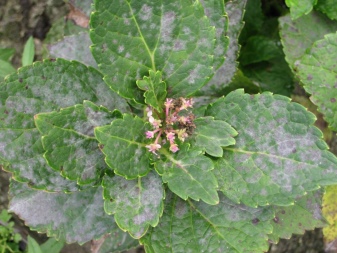
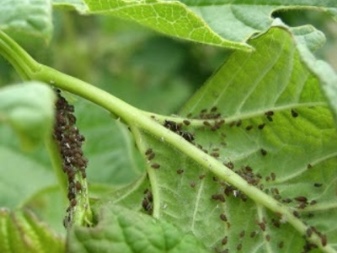
Examples in landscape design
Hydrangea "Pink Lady" is used to decorate both summer cottages and parks with squares. It can be used either on its own or in complex group compositions. Select "neighbors" for hydrangea should be in such a way that the plants match in relation to light or shade, as well as requirements regarding the composition of the soil and the amount of moisture. The culture looks very unusual in combination with conifers or evergreen trees. It is important to remember that Pink Lady expands throughout its development, so it will need a border zone.
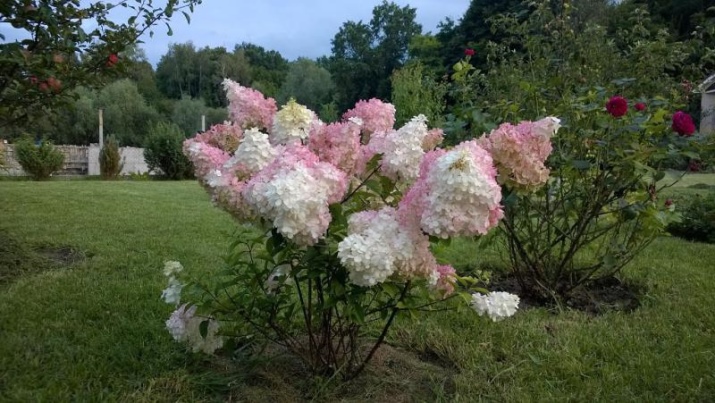
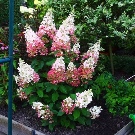
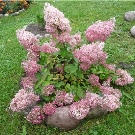
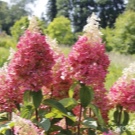

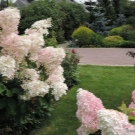
In the next video you will find more information about the Pink Lady hydrangea.




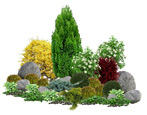
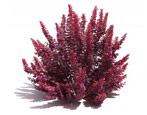
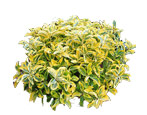
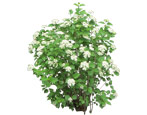
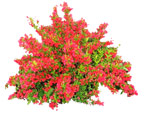
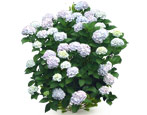
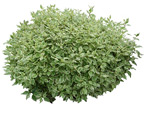
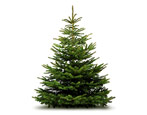
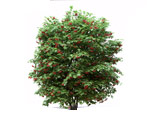
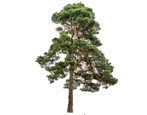
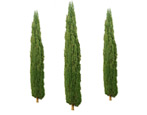
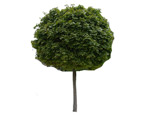
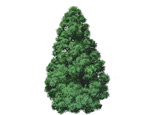
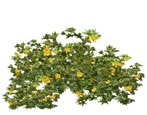
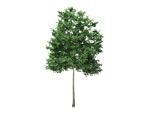
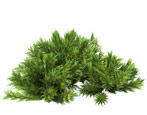
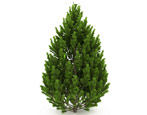
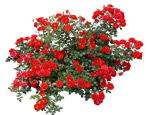
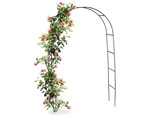
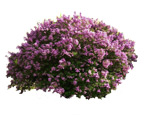
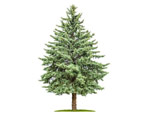
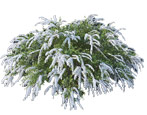
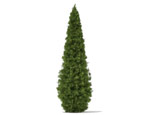
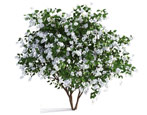
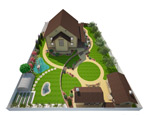
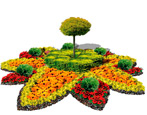

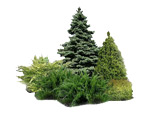


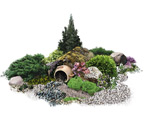
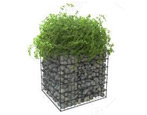
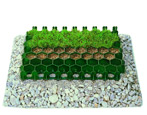


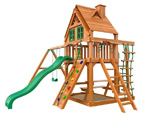
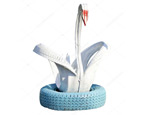
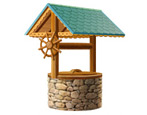
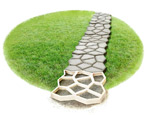
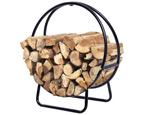
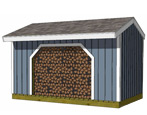
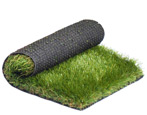
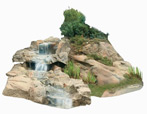
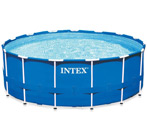

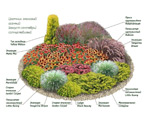
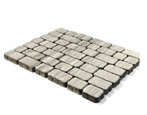
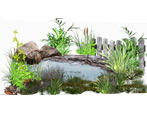
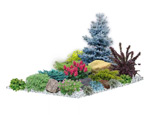
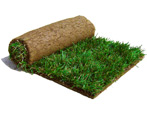

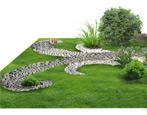
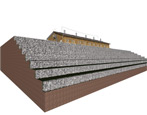
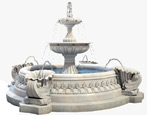









The comment was sent successfully.